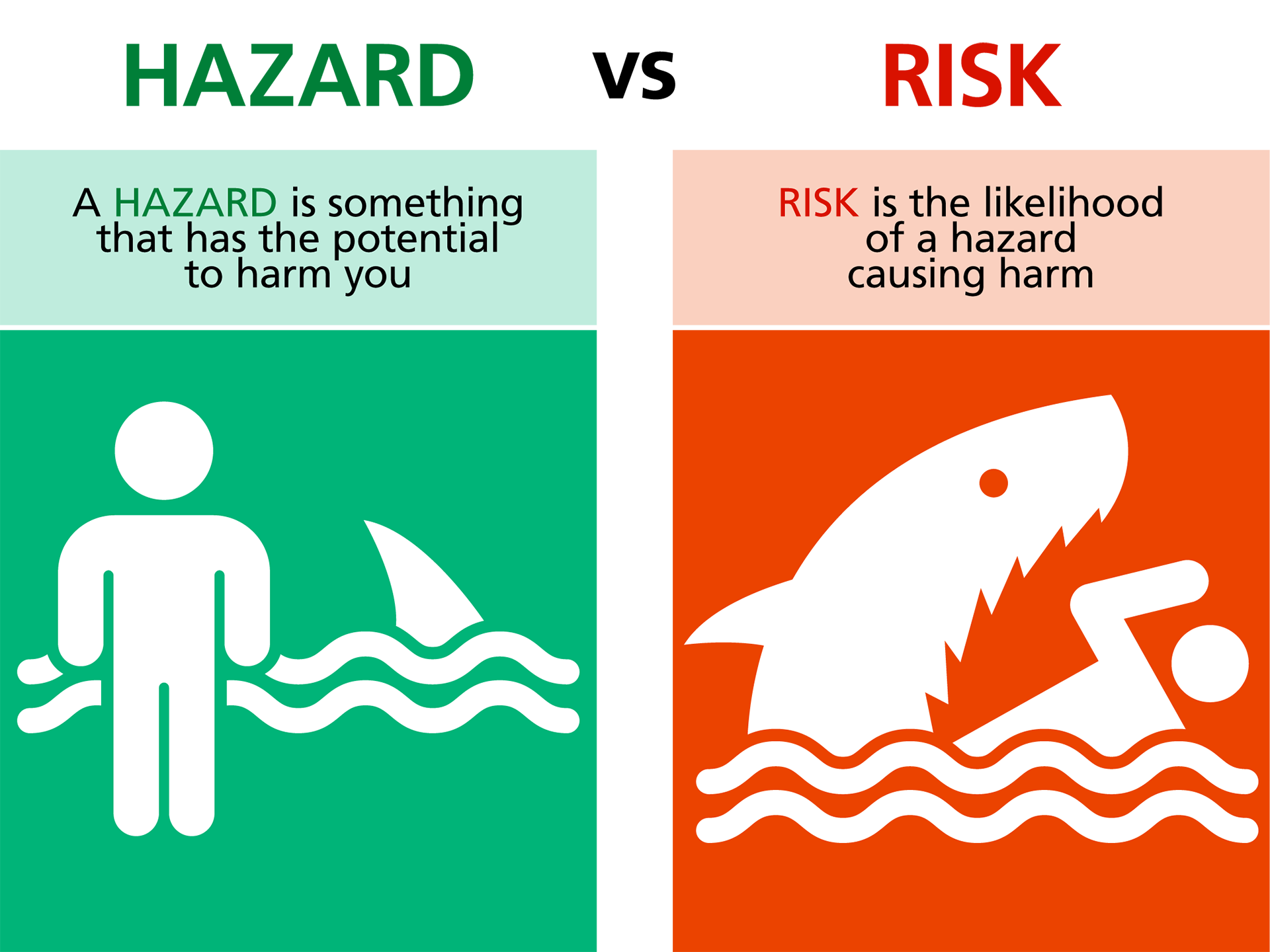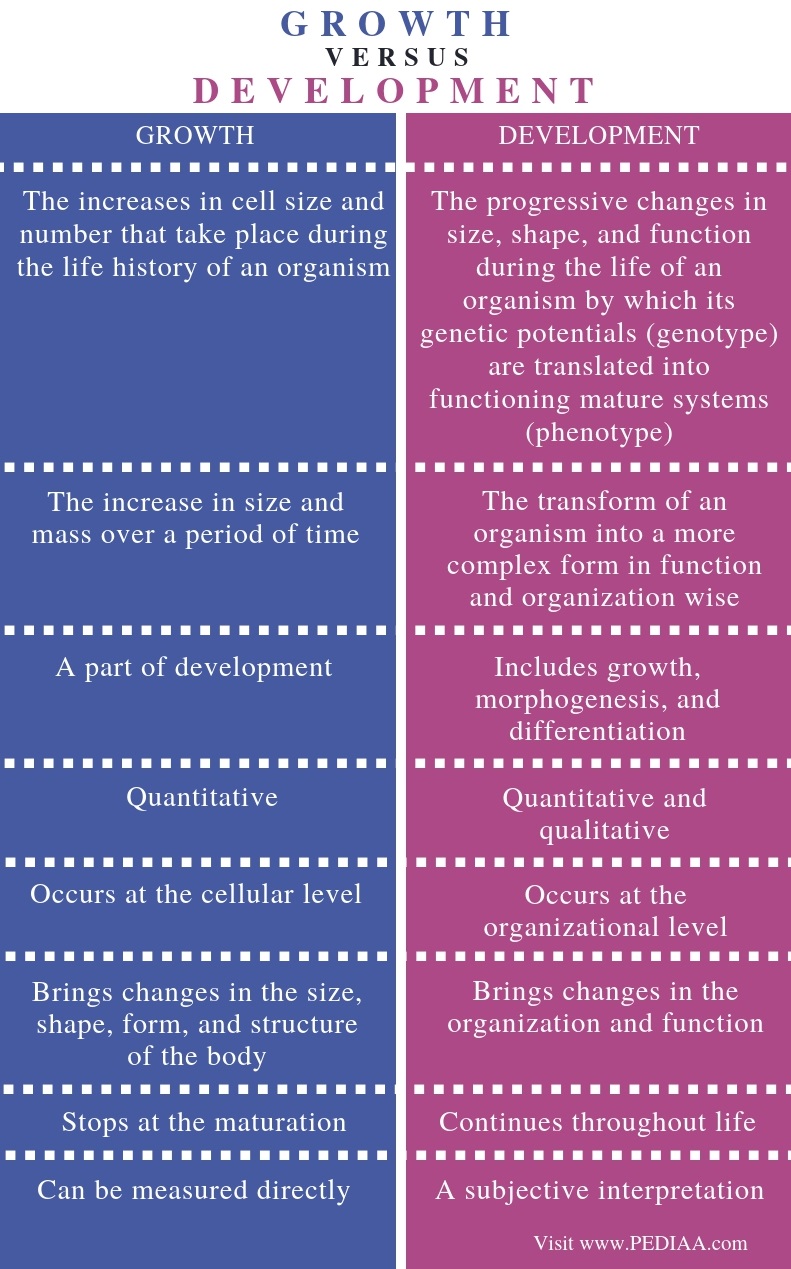



Users can log in via multiple email clients on computers or mobile device and read the same messages.

With IMAP accounts, messages are stored in a remote server. IMAP (Internet Messaging Access Protocol) This means, if users organize their emails on one device, they’ll need to do it again for every other device that uses that POP email account. Using POP, users must manually create or set these individually on all their devices. Having special folders created or settings set on one device available on all devices using that email account. Instead, your device must be set up to automatically check your email server periodically to see if new messages have been received. Having the ability for emails to be pushed to your device as they arrive. Sent items cannot be synchronized using POP and can only be saved on the device from which they originated. The ability to send items from multiple devices. The ability to mark a message as read on multiple devices, meaning that every time a user downloads an email onto a different device using POP, it will appear as a new message instead of indicating it was read on another device. Because of this, POP3 accounts lack most of the basic functionality that can be found in more modern services, such as: Unlike modern protocols that use two-way synchronization, POP3 only supports one-way email synchronization, only allowing users to download emails from a server to a client. POP3 is an older protocol that was originally designed to be used on only one computer. Examples of secondary sources include textbooks, articles, and reference books.Outlook for Android Outlook for iOS More. Secondary sources often use generalizations, analysis, interpretation, and synthesis of primary sources. These sources are documents that relate to information that originated elsewhere. Secondary sources are closely related to primary sources and often interpret them. They contain raw information and thus, must be interpreted by researchers. Primary sources can be described as those sources that are closest to the origin of the information. Examples of primary sources include manuscripts, newspapers, speeches, cartoons, photographs, video, and artifacts. These original records can be found in several media such as print, artwork, and audio and visual recording. Primary sources are firsthand, contemporary accounts of events created by individuals during that period of time or several years later (such as correspondence, diaries, memoirs and personal histories).


 0 kommentar(er)
0 kommentar(er)
